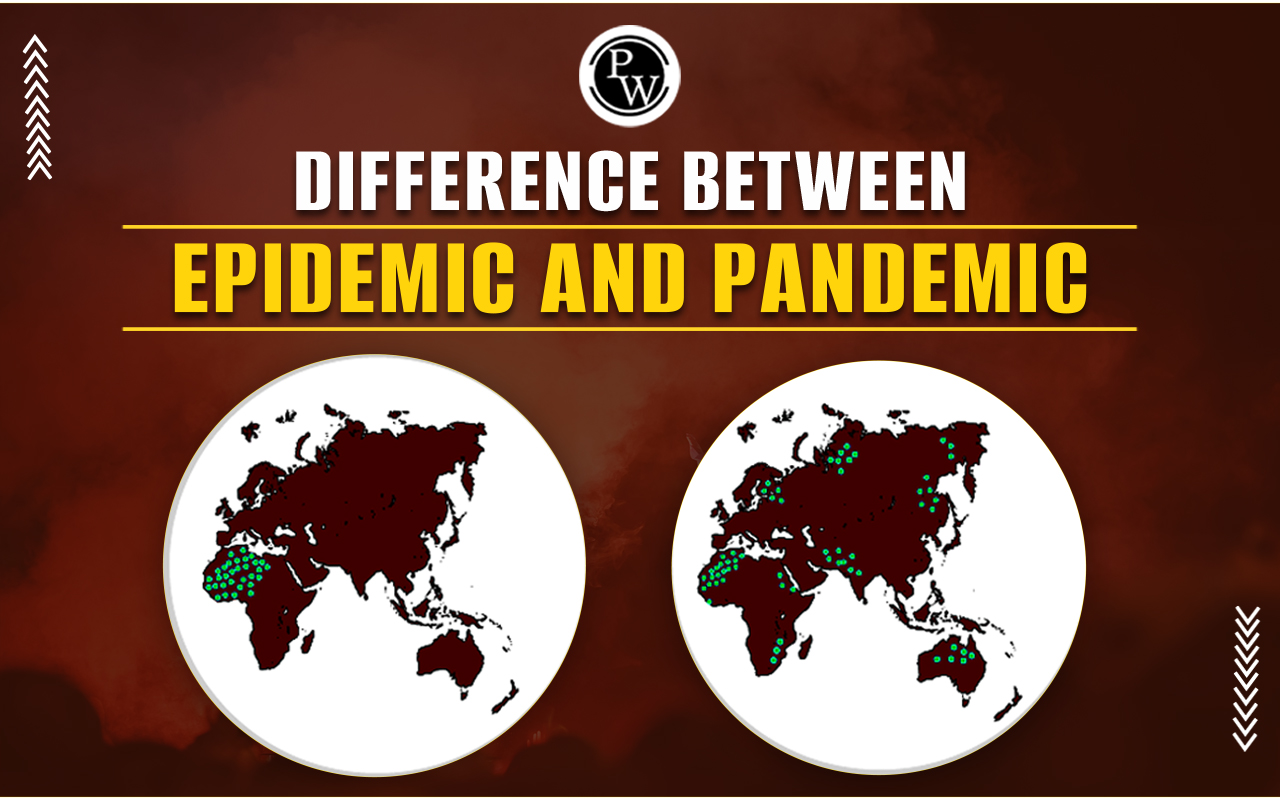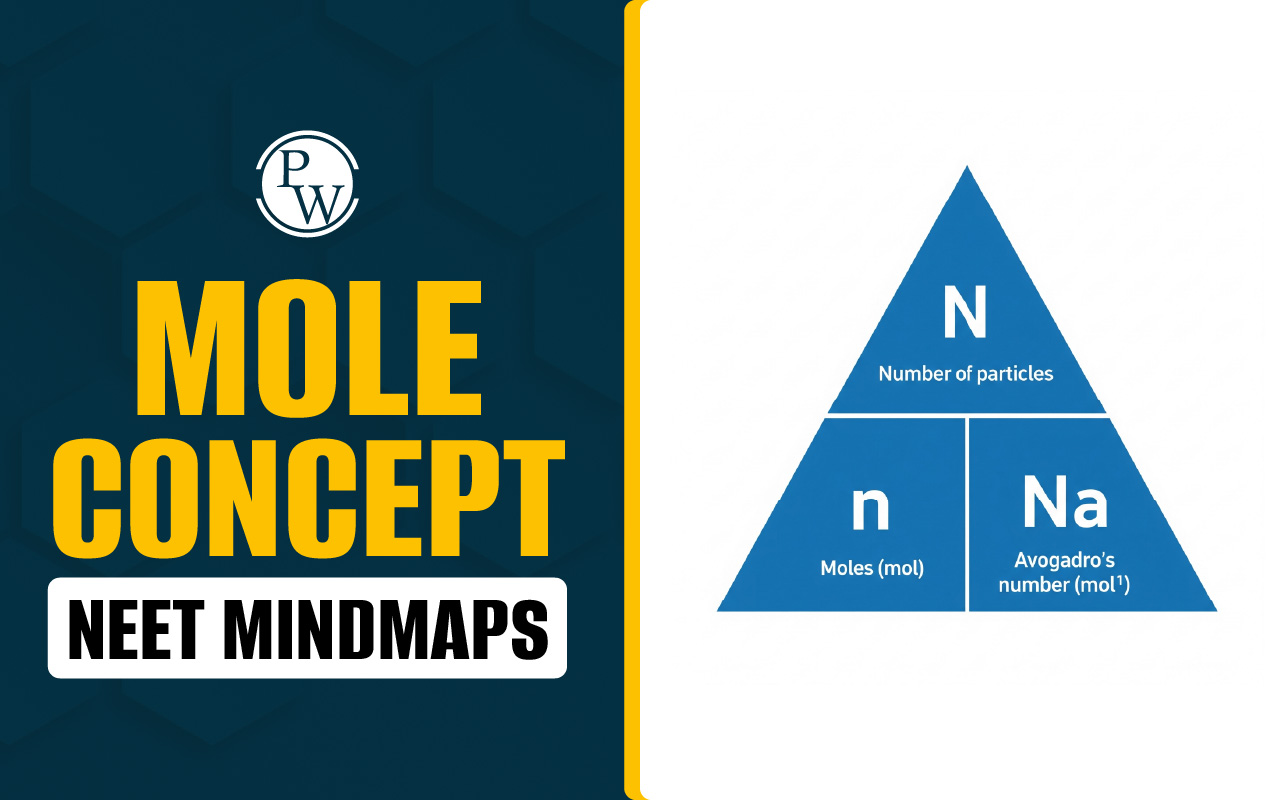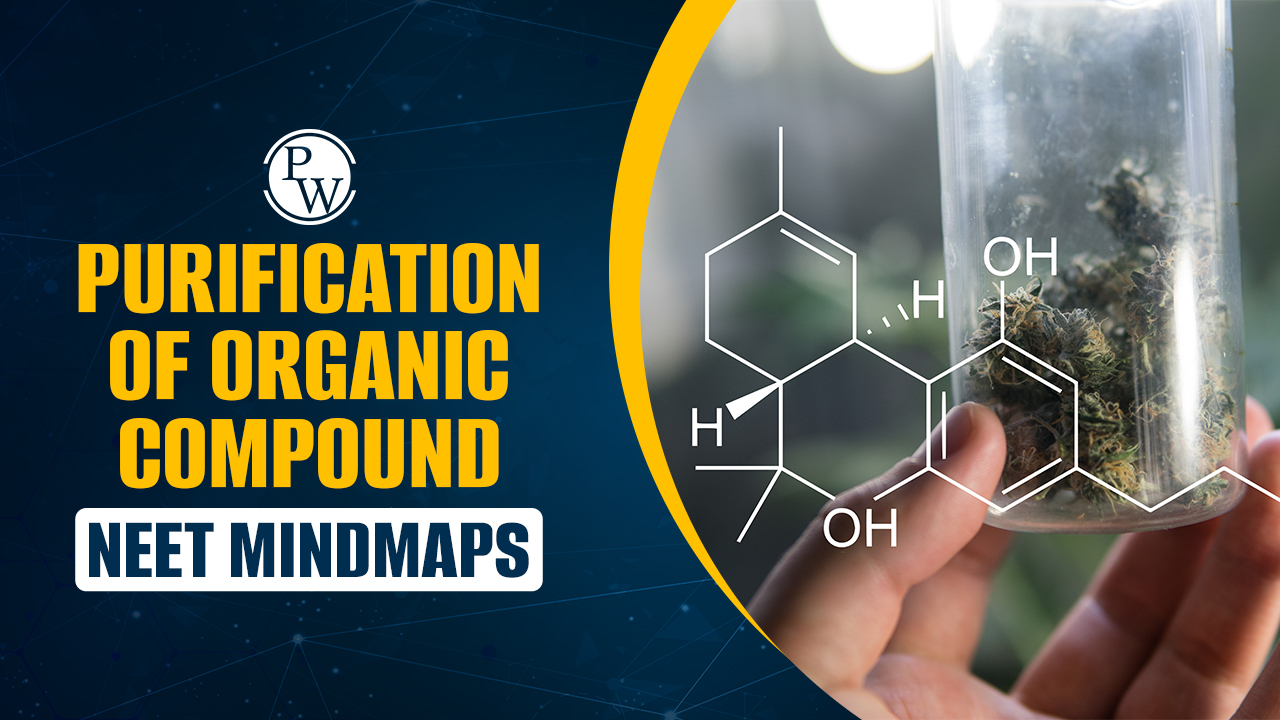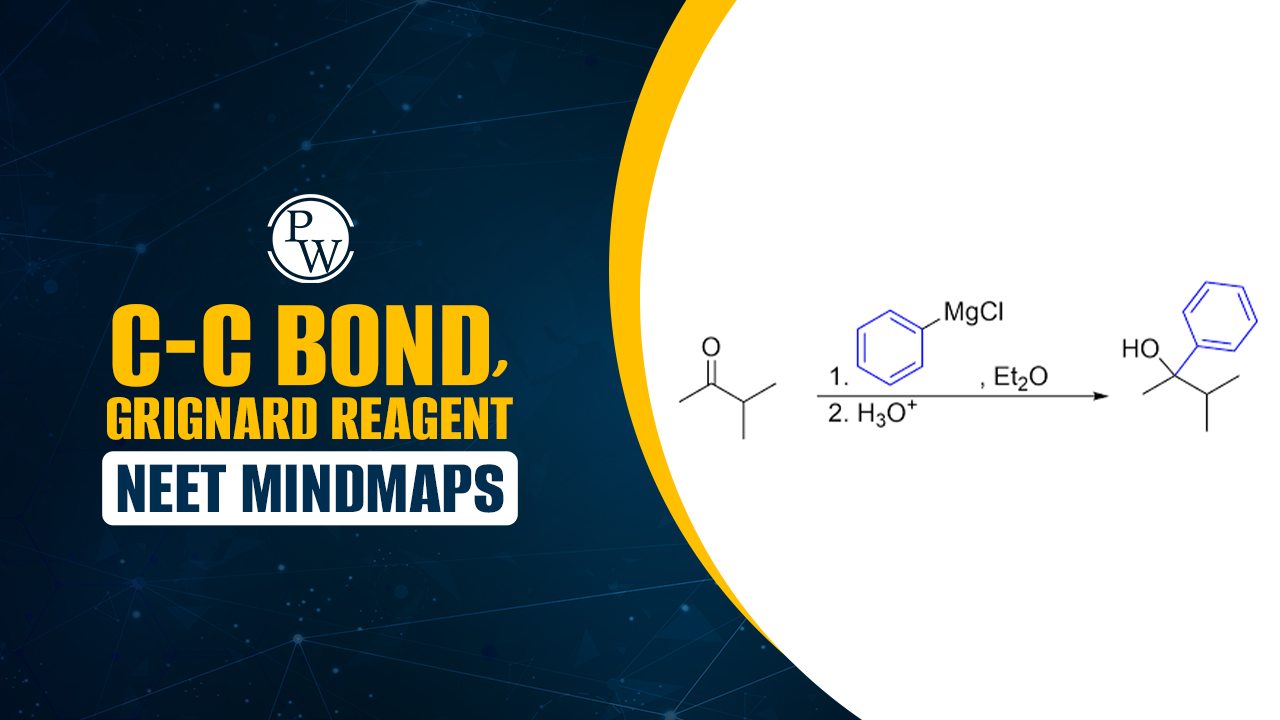

Difference Between Epidemic and Pandemic: "Epidemic" and "pandemic" are two terms used to describe the spread of diseases. An "epidemic" is a disease that has spread rapidly within a given region or community. A "pandemic" is a disease that has spread widely, affecting multiple countries or even the entire world. When interpreting public health data, it is important to understand the difference between epidemics and pandemics.
These terms assist the general public in responding effectively to health crises, allowing for better disease control and prevention efforts. This article discusses the difference between epidemic and pandemic and other terms used to describe disease spread. It also provides information about notable historical outbreaks.| NEET Physics Syllabus | NEET Physics Important Questions with Answers |
| NEET Physics Chapter wise Weightage | NEET Physics MCQs |
| NEET Physics Notes | NEET Physics Formulas |
Difference Between Epidemic and Pandemic Overview
Epidemics and pandemics are terms used to describe disease outbreaks that spread widely. An epidemic is typically defined as the rapid spread of infectious diseases over a short period among many people in a specific population. The term "epidemic" is derived from a Greek word meaning "upon" or "above" people. Common examples of epidemics include cholera, SARS, influenza, and smallpox. A pandemic, on the other hand, is the global spread of a new disease. It is a larger-scale epidemic. In layman's terms, a pandemic occurs when an epidemic spreads across continents and affects a large geographical area. Pandemics come in a variety of forms, with HIV/AIDS being one of the most devastating global pandemics ever. Refer to the article below for a more comprehensive understanding of the difference between epidemic and pandemic.Difference Between Epidemic and Pandemic
An epidemic refers to the rapid spread of a disease affecting many individuals. In contrast, a pandemic denotes the widespread and rapid transmission of a disease that affects a significant portion of the population and has extended across numerous geographic areas. The table below outlines the key difference between epidemic and pandemic:|
Difference Between Epidemic and Pandemic |
||
|---|---|---|
| Characteristic | Epidemic | Pandemic |
| Definition | Rapid and widespread transmission of infection in a large population over a short period. | Global outbreak of a new disease or heightened form of epidemic. |
| Nature of Disease | Sudden and unexpected surge in disease transmission. | Dangerous and fast-spreading, often leading to high mortality. |
| Scope of Spread | Typically localized to specific regions, communities, or populations. | Spreads beyond national borders, affecting numerous countries. |
| Geographical Extent | Confined to specific geographic areas such as cities, states, or countries. | Extends worldwide, impacting multiple countries and continents. |
| Disease Severity | Severity can vary, from mild to severe outcomes. | Often associated with high severity and mortality rates. |
| Duration | Lasts for a relatively short period, usually a few weeks to months. | May persist for extended periods, spanning multiple years. |
| Contributing Factors | Emergence of new pathogens, mutations, population immunity, environmental factors. | Similar to epidemics, including new pathogen emergence and environmental conditions. |
| Examples | COVID-19, Ebola, cholera, malaria, etc. | COVID-19, HIV-AIDS, Spanish flu, etc. |
What is Epidemic?
An epidemic can arise when infectious organisms such as bacteria, viruses, fungi, and others experience a sudden increase in prevalence within a specific area where they are already present. It can also occur when a disease breaks out in an area previously nonexistent. Additionally, individuals not previously vulnerable to a particular infectious agent may suddenly fall ill. Epidemics are characterized by a sudden spike in cases that occurs over a relatively short period, and they are usually confined to specific geographic regions, communities, or populations. They can be triggered by various factors, including the introduction of new infectious agents, changes in the characteristics of a prevailing pathogen, and lack of immunity in the host. Some typical examples of epidemics include COVID-19 infection, cholera outbreaks, Ebola outbreaks, measles epidemics, H1N1 influenza, dengue fever outbreaks, malaria surges, and syphilis outbreaks.What is Pandemic?
The outbreak begins when a harmful germ spreads among animals, some of whom may pass it on to humans. If the germ is found in animals, it's a sign. When people become sick from animals, the disease spreads. If it spreads from person to person, it's called an outbreak in the community. When it spreads to at least two countries nearby, it becomes a concern for a pandemic. And if it reaches a third country in a different part of the world, that's when it's known as a pandemic. During a pandemic, the sickness keeps moving between people for a long time. Pandemics usually affect a lot of people and can cause significant problems for society, money, and health. Dealing with a pandemic requires help from everyone around the world. What makes a pandemic happen is similar to what causes smaller outbreaks. Some well-known pandemics include COVID-19, the Spanish flu, HIV-AIDS, swine flu, cholera, bubonic plague, plague, and tuberculosis. Physics Wallah provides the NEET Online Coaching for NEET aspirants. Students preparing for the NEET Exam should consider the most affordable PW NEET courses. Enroll in PW NEET Online Courses Now!Difference Between Epidemic and Pandemic FAQs
What's an example of an epidemic?
An epidemic is like a bigger version of an outbreak, happening in a small area but affecting more people than usual. Examples of epidemics today include outbreaks of smallpox, yellow fever, and West Nile virus.
What's a pandemic with an example?
A pandemic means a new disease is spreading all over the world. Viral respiratory diseases, like new types of flu or COVID-19, are the most likely to become pandemics.
Is malaria an epidemic?
Malaria outbreaks can happen anywhere in the world, and different things like weather, geography cause them, and where the bugs that carry malaria live.
Is COVID-19 a pandemic or an epidemic?
COVID-19 is a pandemic, which means it's spreading worldwide. It's caused by a virus called SARS-CoV-2.
What's the difference between a pandemic and an endemic?
An endemic is when a disease is common in a certain area, but if it spreads more than usual or to new places, it could become an epidemic. A pandemic is when a disease spreads quickly across countries and continents, with new cases every day.
🔥 Trending Blogs
Talk to a counsellorHave doubts? Our support team will be happy to assist you!

Free Learning Resources
PW Books
Notes (Class 10-12)
PW Study Materials
Notes (Class 6-9)
Ncert Solutions
Govt Exams
Class 6th to 12th Online Courses
Govt Job Exams Courses
UPSC Coaching
Defence Exam Coaching
Gate Exam Coaching
Other Exams
Know about Physics Wallah
Physics Wallah is an Indian edtech platform that provides accessible & comprehensive learning experiences to students from Class 6th to postgraduate level. We also provide extensive NCERT solutions, sample paper, NEET, JEE Mains, BITSAT previous year papers & more such resources to students. Physics Wallah also caters to over 3.5 million registered students and over 78 lakh+ Youtube subscribers with 4.8 rating on its app.
We Stand Out because
We provide students with intensive courses with India’s qualified & experienced faculties & mentors. PW strives to make the learning experience comprehensive and accessible for students of all sections of society. We believe in empowering every single student who couldn't dream of a good career in engineering and medical field earlier.
Our Key Focus Areas
Physics Wallah's main focus is to make the learning experience as economical as possible for all students. With our affordable courses like Lakshya, Udaan and Arjuna and many others, we have been able to provide a platform for lakhs of aspirants. From providing Chemistry, Maths, Physics formula to giving e-books of eminent authors like RD Sharma, RS Aggarwal and Lakhmir Singh, PW focuses on every single student's need for preparation.
What Makes Us Different
Physics Wallah strives to develop a comprehensive pedagogical structure for students, where they get a state-of-the-art learning experience with study material and resources. Apart from catering students preparing for JEE Mains and NEET, PW also provides study material for each state board like Uttar Pradesh, Bihar, and others
Copyright © 2025 Physicswallah Limited All rights reserved.











